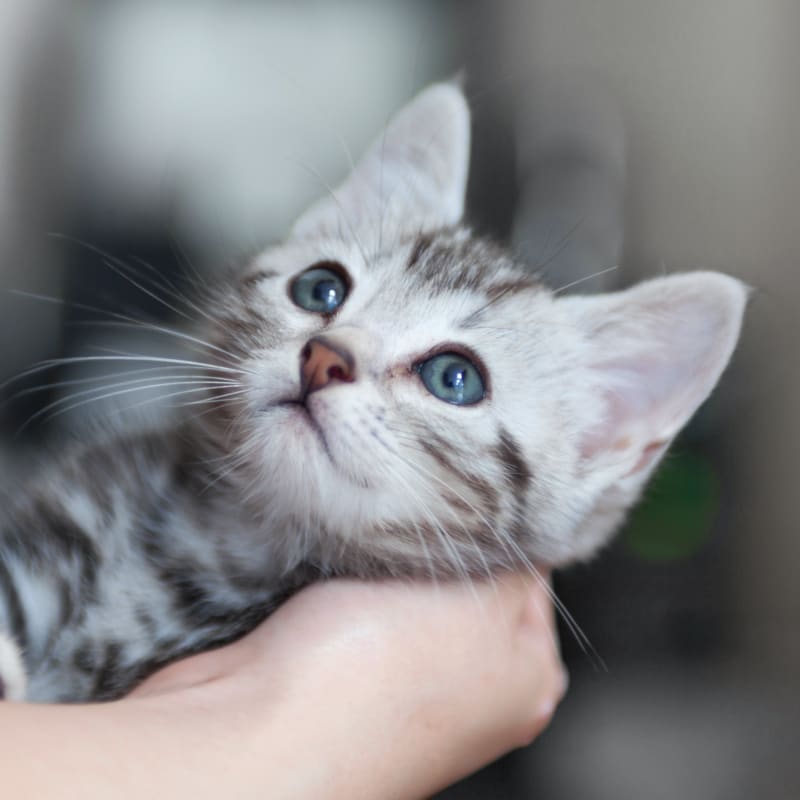Veterinary Surgery
At our Eastham clinic, we use stringent surgical protocols to provide a wide range of surgical procedures for cats and dogs.
A dedicated nurse will administer anesthesia and continuously monitor your pet using electronic patient monitoring equipment during each veterinary surgery. In addition, pain management will be provided.
Following surgery, our top priorities are post-operative monitoring and pain management. Your veterinarian will also give you detailed instructions for at-home care.

What to Expect from Veterinary Surgery
We always keep you up to date on why we are recommending a surgical procedure and about any post-operative care your pet will require at home. We follow strict surgical protocols at our clinic.
Surgical Procedures
We perform medical and emergency surgeries at Eastham Veterinary Hospital to help treat diseases and other conditions in pets, as well as to repair injuries caused by trauma.
Our vets routinely perform the following elective and non-elective surgeries:
- Soft Tissue Surgery
We provide soft tissue surgical procedures for pets with ear, nose, and throat disorders.
These procedures can also be used to treat hepatic, urogenital, oncological, cardiothoracic, gastrointestinal, and skin problems.
- Spaying & Neutering
When we spay or neuter a cat or dog, we surgically sterilize them to prevent disease and extend their life expectancy.
- C-Sections
During Caesarean sections, puppies or kittens are surgically removed from their mother's uterus.
C-sections are typically performed when the mother is unable to give birth naturally.
- Ocular
If your pet is experiencing pain, redness, or other symptoms in or around their eyes, ocular surgery may be required.
Eyelid tumor removal, cataract surgery, ectropion surgery, entropion surgery, orbit exenteration, and cherry eye surgery are all common ocular procedures for cats and dogs.
If your cat or dog requires surgery that is beyond our scope, our veterinarians will refer you to a pet surgeon near Eastham and will work closely with your animal surgeon to ensure your pet receives the best possible care.
- Orthopedic Surgery
Orthopedic surgery treats injuries and diseases of your pet's bones, ligaments, joints, tendons, and other skeletal structures. If your dog or cat has a condition or injury that necessitates advanced specialized care, your vet will refer you to a veterinary specialist near Eastham.
- Dental Surgery
Our veterinarians provide dental surgeries for dogs and cats. These surgeries can range from tooth extractions to gum disease treatment and jaw fracture repairs.
The Surgery Process
We understand that bringing your pet in for surgery can be nerve-racking. We assure you that we only recommend surgery when it is in your pet's best interests.
We will make certain that you fully understand why we are recommending surgery. We want you to feel confident in your decision to proceed.
If your pet requires advanced care, our vets will refer you to a veterinary surgeon near Eastham. We will collaborate with the surgeon to ensure your pet receives the best care possible.
Surgical protocols at our clinic include:
Pre-surgical assessments. We will confirm the procedure details, perform a physical examination, and ensure that blood tests are completed. The vet reviews these to determine if your pet is at risk of anesthesia-related complications.
Dedicated surgical suites. Surgeries are carried out in a separate surgical suite. To prevent infection and cross-contamination, this room is kept completely sterile.
Surgical attire. When in the surgical suite, our staff wears disposable caps and masks at all times. Those involved in the procedure wear sterile gowns and single-use gloves.
Sterile packs and equipment. Before surgery, we meticulously clean, sterilize, and wrap our surgical instruments and equipment.
